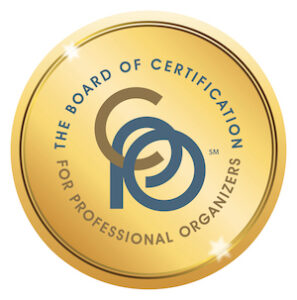With a promise of a paperless society not coming to fruition, homes and businesses everywhere are still drowning in paper. I still receive regular prospect calls from those overwhelmed with paper. As we celebrate the upcoming Labor Day holiday, this month’s blog post will address how you can tackle your paper problems, no matter how big or small your piles may be. We will discuss typical paper flows and best systems for handling both action and reference papers as we take the labor out of paper management!
Questions:
Why is paper such a problem in today’s electronic era?
Previous generations got nothing but personal letters and bills in the mail. While we no longer receive personal correspondence by mail and we now pay bills online, we are still drowning for several reasons. Many people print out emails and Internet research. Our kids come home from school with paper and many businesses are still paper heavy. Add in the enormous amount of catalogs, ads and circulars (look out – election season is kicking into high gear)!
I’m so overwhelmed by the piles in almost every room, where do I even start and what’s the first step?
Designate an area where you can gather all your paper piles and have a flat surface where you can spread out. Ideally, this would be a rarely used space in your home or office. From here, recognize that ALL papers will fall into one of 4 categories and should be sorted into these:
- Trash – Coupons, junk mail, solicitations, events that have come and gone, etc.
- Keepsake – All special cards, certificates, newspaper articles, professional recognitions
- Reference – These are the papers that have no action required but need to be kept for paper retention purposes, ie tax and financial records, medical/academic/home maintenance records.
- Action – These are papers that need something done ie bills to pay, phone calls to make, topics to discuss with a spouse or colleague.
I’ve started taking the labor out of paper management by sorting, now what???
That leads to our next set of questions…
What are the best tips for handling and reducing junk mail?
First, separate recycle from shredding (be sure to shred anything with an account number, invoice number, or any personal information including credit card offers). You do not need to worry about your address as that is public information.
Secondly, get in the habit of not even bringing those papers in the house or make it to a flat surface. Recycle or shred right away moving forward.
Thirdly, you can utilize these services for getting off some mailing lists:
Catalog Choice is free, though a donation is appreciated.
DMA Choice (nominal fee)
Where should I keep the sentimental items?
These items should be kept in a keepsake box – one per family member. Utilize acid-free if you have items you want to be extra careful to preserve over time.
Other options include taking pictures or scanning the items into a memories folder.
And for your kids’ art or school work, Artkive is a great option!
What’s the best way to store papers I know I need to keep but don’t need to do anything with? I’m afraid if I put papers in a file cabinet, I will never be able to find them again when I need them.
A good, sturdy file cabinet tends to be your best bet for where these papers need to be kept. Portable file boxes, bankers boxes or milk crates all work fine for those with smaller volumes.
I recommend creating a reference file system whereby all financial files are grouped together, home files are together, family medical/school/activities are together. Different color file folders for each category can be helpful to separate, especially if there is more than one category in a drawer.
What about the papers I need to do something with? I can’t just file those away!
This category is by far the hardest for most people. The key is to set up an Action File system close to where papers land.
Typical folders include: Urgent, To Pay, To Do, To Call, To File, To Read, To Consider, Your Spouse or others who you regularly give papers to, Coupons, Receipts, Events, Medical.
Caution – This system should not be large! It is meant to be a TEMPORARY place to store papers until you get to them and is NOT the same as a file cabinet.
It is of extreme importance that you designate time every week to do the actions and purge the papers in the files. Once you have done whatever action is needed, the item is either trash and can now be recycled/shredded or filed with your reference papers if you need to retain it.
There you have it.
By recognizing, sorting and treating each paper by one of the 4 categories, you can easily take the labor out of your paper management struggles. Paper takes a lot of time to sort and file so be patient with yourself and work in even 30-minute increments. Most importantly, start a new routine of handling incoming papers on a daily basis and limiting where the papers will live.
Good luck and have a nice Labor Day holiday!

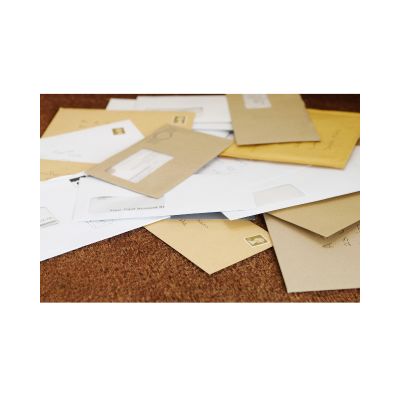


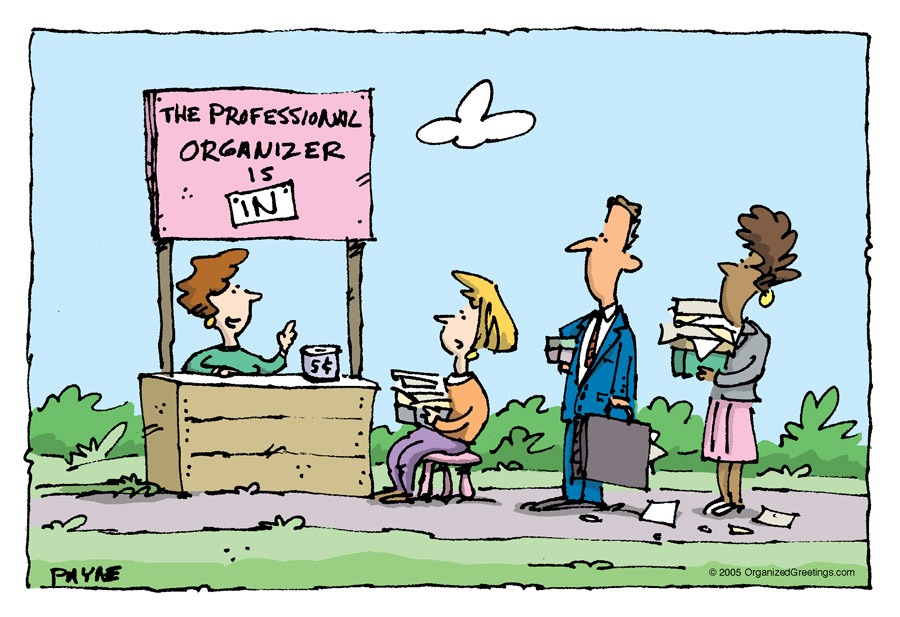

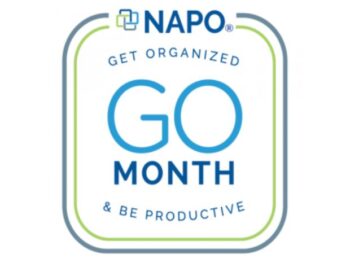



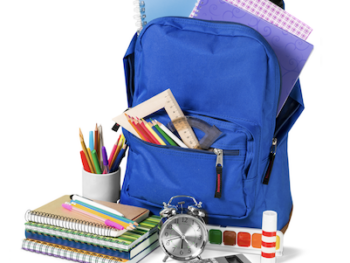
 TOP 10 PRODUCTS FOR ORGANIZING COLLEGE STUDENTS
TOP 10 PRODUCTS FOR ORGANIZING COLLEGE STUDENTS




